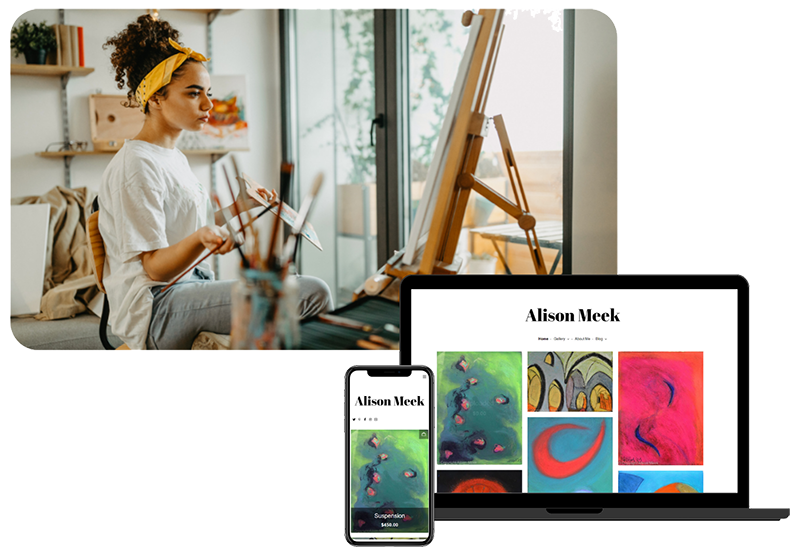For many artists, having the space, freedom, and flexibility to create work on their own terms and according to their own schedule is one of the most appealing aspects of their job. At times, however, the role of an artist can feel somewhat isolating, particularly for those who do not share a studio space or regularly collaborate with others. As a self-employed artist, you are also unlikely to benefit from an annual review, so how can you ask for feedback, and who should you ask?

What kind of feedback do you need?
Before seeking feedback, it’s important to ask yourself what kind of feedback would be most helpful to you in the current stage of your career. If you are a student, or at an early stage in your practice, would technical feedback on your skills, technique, and composition be most helpful? Do you feel confident in your technical skills, but want to build your critical reputation as an artist, or develop a market for your work? Establishing your personal goals, aspirations, and perhaps also weak points, is crucial before reaching out to others for feedback.
How to seek artistic feedback
If you are currently at art school, you will hopefully have access to seasoned tutors who can give you feedback on both your technical skills and conceptual development. Those who are self-taught or are returning to their practice after a break may find that the people best qualified to provide artistic feedback on their work right now are, of course, other artists!
You may be lucky enough to find an artistic mentor at a later stage in their career who will be willing to share their skills and advice with you. If you are struggling to find a mentor, investigate whether artists you admire also teach or offer courses, as investing in further training may well give you access to the technical feedback that you need.
Just as the best art schools encourage students to learn not only from their tutors, but also from each other, you may also find it rewarding to develop a network of peers with whom you can exchange feedback and ideas. No matter which stage of your career you are at, building a community of fellow artists, whether virtually or in person, will always pay dividends.

How to seek commercial feedback
While fellow artists may be well equipped to offer you practical feedback, few people are better placed to provide commercial advice than gallerists and art dealers, many of whom have spent years (if not decades) interacting with collectors and art buyers on a daily basis, observing their reactions to artists’ works. While gallerists have many demands on their time, it is in their commercial interest to provide their artists with regular feedback and guidance, be that on the kind of subjects that most appeal to their clients, or the size of work that has the greatest chance of selling in their market.
If you hold a solo show with a gallery, it’s good practice to review its success afterwards, and ask for feedback on the works that were most admired or easiest to sell, and what, if anything, they would advise you to change before your next exhibition.
If you do not yet have gallery representation, see every interaction with galleries that you approach as an opportunity for feedback, particularly from any that choose not to represent you. While it might require a thick skin, politely ask for feedback from any galleries that do reject your work, as they might provide you with useful advice on areas that you could improve.
Who else can provide artists with useful feedback?
As with any business, as an artist it is important to listen to your customers, particularly those that purchase or commission your work. While you might not want to jeopardize a potential sale by quizzing a client too closely on why they have chosen to buy a particular work at the moment that they do so, take advantage of any other opportunities that might arise when you could ask what appealed to them about it, perhaps when you deliver it to them, or if they later attend a private view or open studio.
If your budget allows it, you could also invest in the services of an artist’s coach, who might be able to offer you guidance on areas of your business that you could improve, or where you should aim for the next step in your career.

Feedback in the virtual age
In addition to direct feedback from clients, fellow artists, and gallerists, technology now provides artists with many opportunities for virtual feedback on their works.
If you regularly post images of completed paintings on social media, for example, keep track of which receive the most likes, shares, or engagement, and if you send e-newsletters to contacts, take note of which images lead to the most click-throughs to your website.
Finally, if you offer reproduction prints of your work, pay careful attention to which sell the most copies, as you might find this helpful when it comes to choosing the palette or subject matter of your next original artworks.







